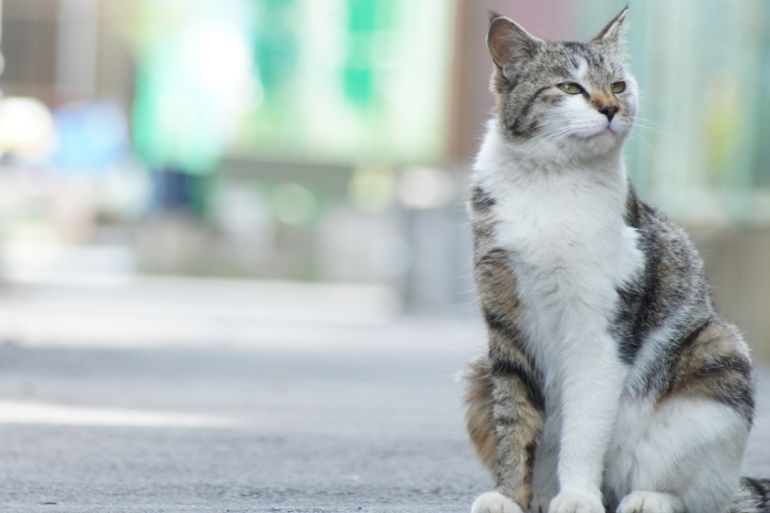Doctor’s Note: Cats and the coronavirus
The case of a sick tiger shows cats can catch COVID-19, but there is no evidence yet that they can pass it to humans.

Last week, a four-year-old female Malayan tiger at the Bronx Zoo in New York tested positive for coronavirus. The tiger, named Nadia, is thought to have contracted the virus from a zookeeper who was showing no symptoms of the illness.
Nadia, her sister Azul, as well as two Amur tigers and three African lions showed symptoms, including a dry cough, after exposure to the employee.
Keep reading
list of 4 itemsDoctor’s Note: Is obesity a risk factor for coronavirus?
Doctor’s Note: Can you catch coronavirus twice?
Doctor’s Note: Are eye infections a symptom of coronavirus?
The zoo, which is now closed to the public, is monitoring the big cats’ progress and says they are all doing well and are expected to make a full recovery. They hope, in time, to share their findings with other zoos and scientists.
The news comes as a domestic cat tested positive for the COVID-19 virus in Belgium. The cat showed symptoms of diarrhoea, vomiting and coughing.
The owner, who had recently returned from a trip to northern Italy, started showing symptoms of the illness five days after their cat. It is thought the owner infected the cat in the first documented case of human-to-cat transmission of the COVID-19 virus. The cat made a full recovery nine days later.
According to studies by veterinary scientists on the subject, there have been no cases of cats transmitting the virus to humans – it has only happened the other way around.
However, this news highlights the ever-changing information about the COVID-19 virus, as it was previously thought that animals and pets could not carry the virus.
The coronavirus (called Sars-CoV-2, which causes the disease COVID-19) is thought to have originated in wildlife and been passed to humans via a live animal market in Wuhan. Since then, its main method of transmission has been human-to-human not via animals.
A Chinese study found that the virus replicates poorly in dogs, pigs, chickens and ducks, but more efficiently in ferrets and cats. It found that the virus transmits in cats via respiratory droplets. So, what is it about cats in particular that makes them so susceptible to the virus and not other animals?
The answer lies in the receptors the virus needs to bind to in order to get inside cells and start replicating.
It is thought that when the coronavirus enters the human body, it attaches to proteins on cell receptors called ACE2 proteins. These allow the virus to enter the cell and reprogramme it to make more viruses.
Felines are known to have similar ACE2 proteins on the cells that line their respiratory tract. The virus can bind to them and gain access to their airways, thereby infecting them. The same is true for ferrets.
The study also showed that dogs were not susceptible to the virus, despite there being reported cases in Hong Kong of dogs having tested positive for it.
Previous studies looking at another type of coronavirus, Severe Acute Respiratory Syndrome (SARS), showed it to be infectious for cats as well, so it may be no surprise that the same is true of SARS-CoV-2, which causes COVID-19.
As cats do not transmit the virus to humans, there is no need to change the way you handle your cat. However, if the cat is in a household where somebody has symptoms, it is a good idea to keep it indoors to stop it from infecting other cats and making them unwell.
If the cat is from a household where there are no symptoms, it should be free to roam as normal.
I think it is fair to say, in the ever-changing world of COVID-19, we humans are more of a danger to cats than they are to us.